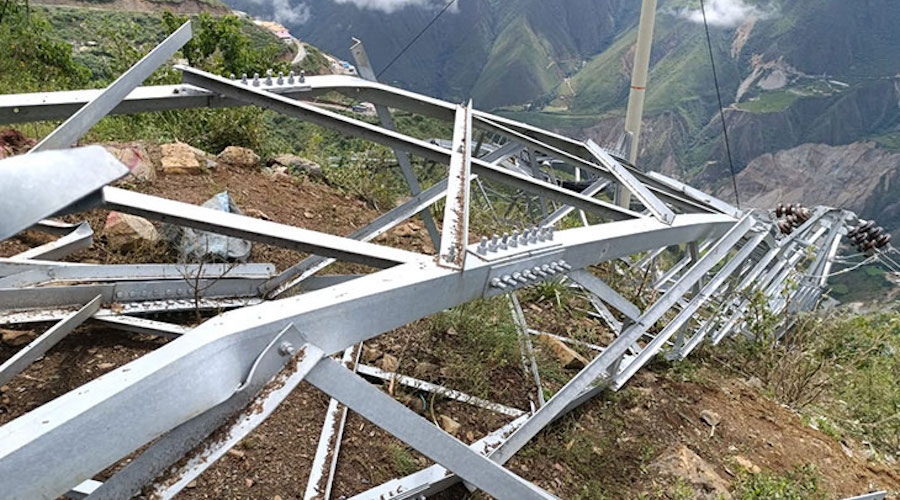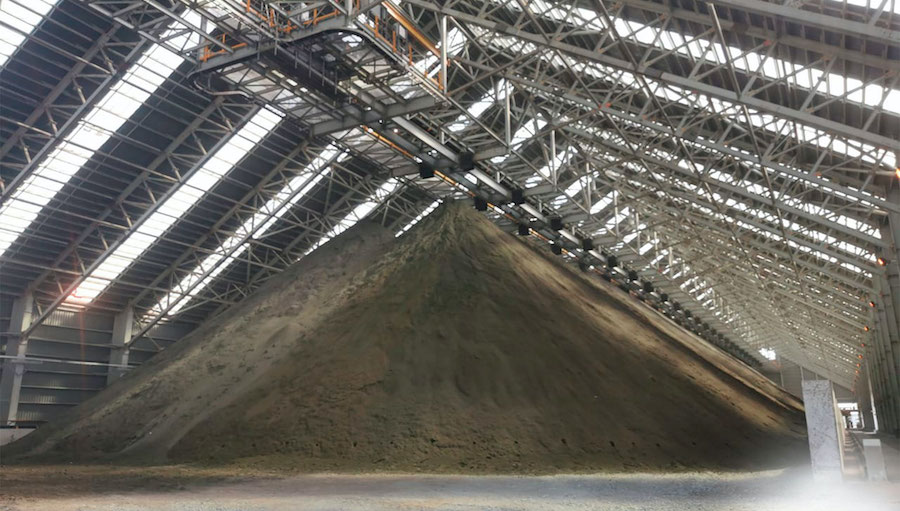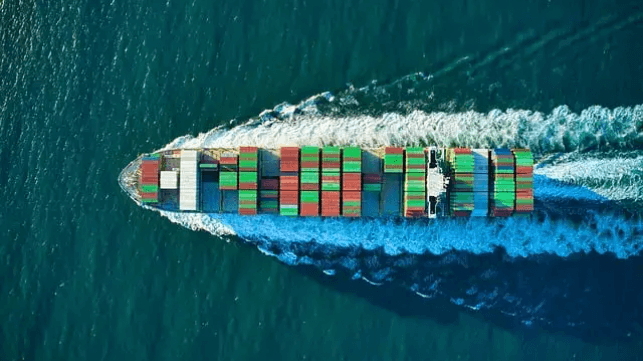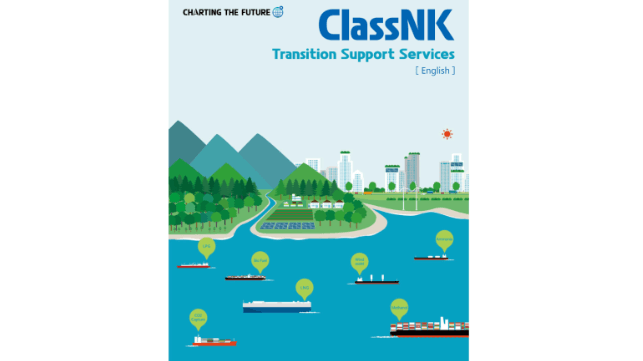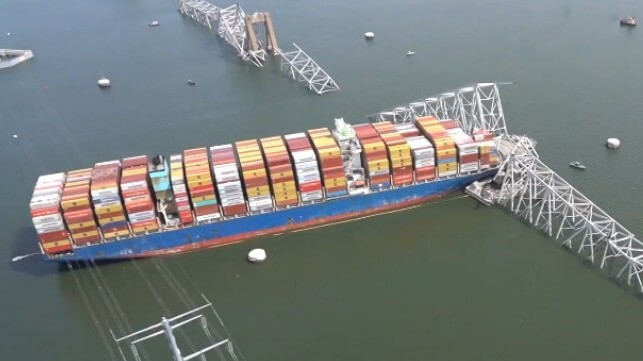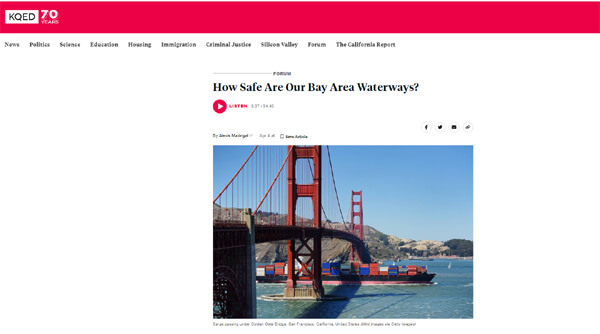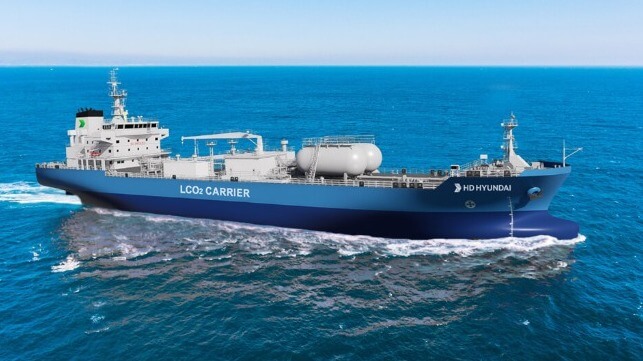PSEG to apply for second licence renewals for New Jersey plants
08 April 2024
PSEG Nuclear LLC has notified US regulators of its intent to seek subsequent licence renewal for the Salem and Hope Creek nuclear power plants, which together produce nearly half of New Jersey’s electricity and 85% of the state’s carbon-free generation.
.jpg?ext=.jpg) PSEG's three New Jersey units: Hope Creek and Salem units 1 and 2 (Image: Peretz Partensky)
PSEG's three New Jersey units: Hope Creek and Salem units 1 and 2 (Image: Peretz Partensky)It formally informed the US Nuclear Regulatory Commission (NRC) on 28 March that it expects to submit the application in the second quarter of 2027. This would mark the start of a comprehensive NRC review and approval process taking about two years to complete. If approved, the licences for Salem unit 1 and unit 2 would be extended from 2036 and 2040 to 2056 and 2060, respectively, while the single-unit Hope Creek's licence would be extended from its current 2046 expiration to 2066.
The two pressurised water reactors at Salem began commercial operation in 1976 (unit 1) and 1980 (unit 2), and the boiling water reactor at Hope Creek in 1986. The stations obtained their first 20-year operating licence renewals from the NRC in 2011. The units had all been under threat of premature closure before New Jersey passed the Zero Emissions Certificate Law in 2018, enabling the state to recognise and compensate eligible nuclear power plants for their zero-carbon attributes and contribution to fuel diversity.
"For more than five decades, the nuclear generating stations in South Jersey have safely generated reliable, always-on carbon-free energy," said PSEG Nuclear President and Chief Nuclear Officer Charles McFeaters. "Seeking to renew our licences signifies our commitment to continuing to contribute to New Jersey’s clean energy future and serving as a vital economic engine for the local community."
"I'd like to recognise Congressman Bill Pascrell, the author of the federal nuclear production tax credit legislation in Congress, without which we would not be considering these investments in the site," he added.
The nuclear production tax credit, created in the federal Inflation Reduction Act, will provide nuclear generators with nine years of financial support until 2032. The pricing visibility it has provided "drove PSEG's decision to retain and grow our nuclear fleet via prudent capital investments and will keep our state’s carbon-free nuclear fleet viable for the long-term," the company said.
Over USD100 million in nuclear capital investment projects have already been approved and are in progress, including plant upgrades and a transition to a two-year operating cycle at Hope Creek. PSEG Nuclear is also developing detailed plans to implement power uprates for both Salem units and to upgrade and optimise the nuclear fleet’s turbine generator trains.
The units also deliver positive local economic impacts, the company added, directly employing some 1600 people with additional contract workers supporting refuelling outages and major project work each year and fostering an extensive indirect workforce throughout the community.
Salem is 57% owned by PSEG, with Constellation Energy owning the remaining 43%.
Fourth Korean APR-1400 begins commercial operation
08 April 2024
Unit 2 of the Shin Hanul nuclear power plant in South Korea has entered commercial operation, Korea Hydro & Nuclear Power (KHNP) announced. The unit is the second of two APR-1400 reactors at the site, with a further two planned.
_1.jpg?ext=.jpg) Shin Hanul units 1 and 2 (Image: KHNP)
Shin Hanul units 1 and 2 (Image: KHNP)Shin Hanul 2 received an operating licence from the Nuclear Safety and Security Commission on 7 September last year, after which it completed a preliminary inspection by the regulator. The loading of 241 fuel assemblies into the reactor's core was carried out between 11 and 18 September. High-temperature functional tests were subsequently conducted.
The 1350 MWe pressurised water reactor reached first criticality - a sustained chain reaction - on 6 December and it was connected to the grid on 21 December.
Following seven months of commissioning tests, which included step-by-step power increase tests and performance tests of the reactor and turbine generator, Shin Hanul 2 was declared to be in commercial operation on 5 April.
Ground breaking for the first two units at the Shin Hanul (formerly Shin Ulchin) site took place in May 2012. First concrete for unit 1 was poured two months later, with that for unit 2 following in June 2013. Shin Hanul 1 achieved first criticality on 22 May 2022 and was connected to the grid on 9 June last year.
"With the commercial operation of Shin Hanul unit 2, Korea's 28th nuclear power unit, the total number of nuclear power units operating in Korea has increased to 26 (including Kori unit 2, which is being prepared for continued operation)," KHNP noted.
Shin Hanul 2 is South Korea's fourth operational APR1400 - after Saeul units 1 and 2 (formerly Shin Kori 3 and 4) and Shin Hanul unit 1. Two further APR1400s are under construction as Saeul units 3 and 4, with two more units planned as Shin Hanul units 3 and 4.
Four APR1400 units have been built at the Barakah nuclear power plant in the UAE, which are all now in operation.
Researched and written by World Nuclear News
.jpg?ext=.jpg) The Zaporizhzhia plant (Image: Energoatom)
The Zaporizhzhia plant (Image: Energoatom)